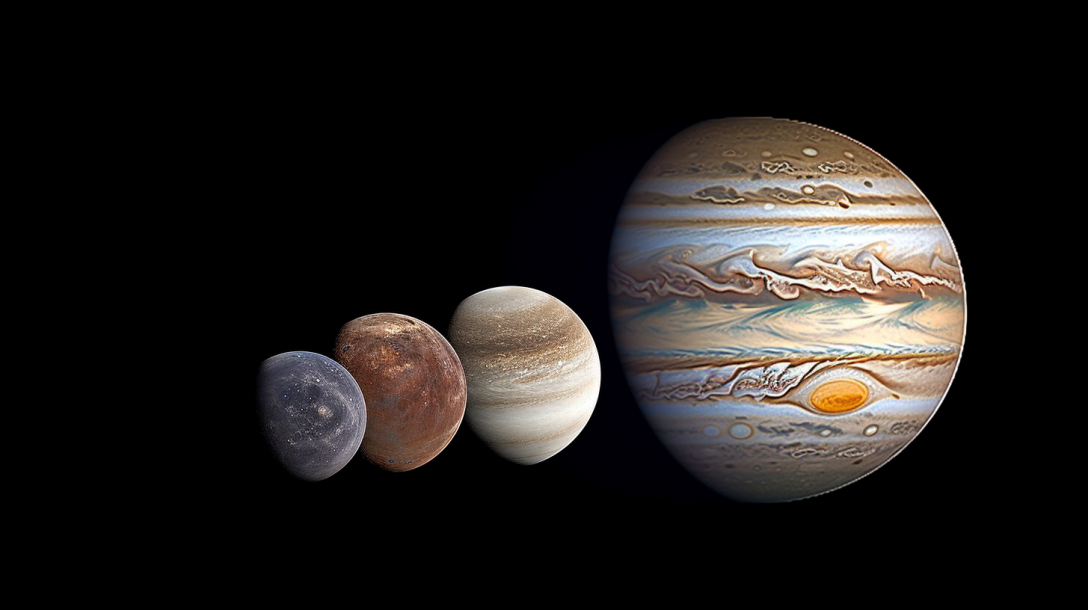The Moons of Jupiter: Our Best Shot at Finding Life and Its Implications for the Universe

I. Introduction
The search for extraterrestrial life has always been a topic of immense interest and importance. In this article, we delve into why Jupiter’s moons are now considered our best shot at finding life in our solar system, the implications such a discovery would have on the Drake Equation, and how it would reshape our view of the universe.
II. Background Information
Jupiter, the largest planet in our solar system, has 79 known moons. Among them, Europa, Ganymede, and Callisto have been of particular interest due to their potential to harbor life. The Drake Equation, formulated by Frank Drake in 1961, is a probabilistic argument used to estimate the number of active, communicative extraterrestrial civilizations in the Milky Way galaxy.
III. Jupiter’s Moons as the Best Shot for Finding Life
Scientists believe that Jupiter’s moons, particularly Europa, Ganymede, and Callisto, could potentially support life. These moons are believed to have subsurface oceans, which could provide a suitable environment for life to exist. Recent missions and research have provided further evidence supporting these theories.
IV. Implications of Discovering Life on Jupiter’s Moons
Discovering life on Jupiter’s moons would have a profound impact on the Drake Equation. It would suggest that the probability of life existing elsewhere in the universe is higher than we currently estimate. This could potentially lead to more resources being allocated to space exploration and research.
V. How Discovering Life Would Reshape Our View of the Universe
The discovery of extraterrestrial life would have far-reaching implications. It would force us to rethink our understanding of biology and evolution, and it could change our perception of our place in the universe. The philosophical implications would be profound, leading to new questions about the nature of life and our role in the cosmos.
VI. Conclusion
In conclusion, the possibility of finding life on Jupiter’s moons is an exciting prospect that could revolutionize our understanding of life and the universe. As we continue to explore these distant worlds, we may be on the brink of one of the most significant discoveries in human history.